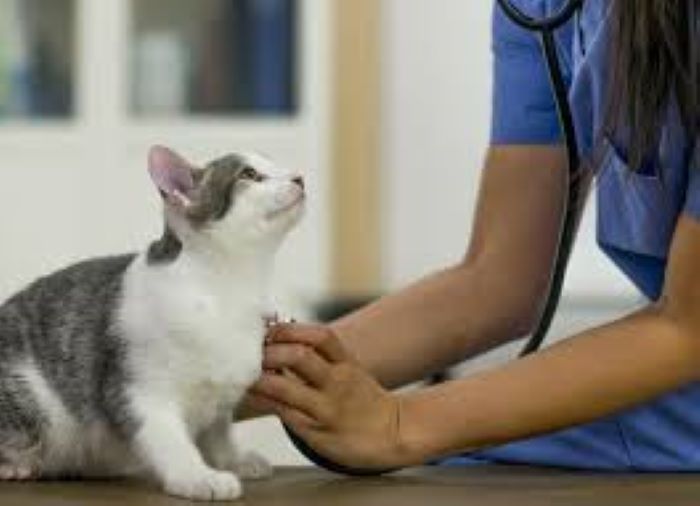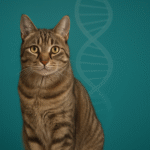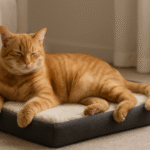This type of diabetes should not be confused with diabetes mellitus, which involves abnormal glucose metabolism. Diabetes insipidus involves abnormal water metabolism, and it occurs when there is a lack of the antidiuretic hormone (ADH).
ADH is normally produced by the hypothalamus of the brain, yet it exerts its effects on the kidneys, causing water to be recaptured from the kidney tubules rather than being lost in the urine. As a result, the delicate water balance within the body is maintained with this hormone’s influence.
Too little ADH may be produced by the hypothalamus as the result of an inherited defect or due to head trauma that damages the hypothalamus.
In addition, defects present in the kidneys at birth or acquired later in life can make the kidneys unresponsive or only partially responsive to the effects of ADH. If any of these conditions occur, then diabetes insipidus results.
Pets with diabetes insipidus exhibit increased urinations, incontinence (especially at night), and an increased water consumption. Routine laboratory work usually reveals nothing too significant except for very low urine specific gravity (dilute urine).
However, a laboratory workup will help rule out other potential causes of the clinical signs seen, such as diabetes mellitus, Cushing’s disease, and kidney disease. If these are ruled out, then a tentative diagnosis of diabetes insipidus becomes more likely.
To obtain a definitive diagnosis, special laboratory tests, such as water deprivation tests, plasma ADH determinations, and ADH trials, are required.
Diabetes insipidus caused by poor ADH production from the hypothalamus can be treated by administering a natural or synthetic ADH supplement.
These can be administered by injection or drops applied directly into the eyes. Such treatment will be required on a daily basis to control the clinical signs. Therapy is usually for life.
Diabetes insipidus caused by kidneys that are nonresponsive to ADH is more difficult to control. Special drugs can be utilized to slow water loss and reduce thirst in pets so affected.
Providing free access to water at all times is the most important therapeutic measure for all pets suffering from diabetes insipidus. Doing so will help prevent dehydration and its undesirable effects from setting in as a result of the excess water loss through the kidneys.
The prognosis for most pets with diabetes insipidus is good to excellent, assuming that medical therapy and free access to water are provided.
Because these pets are prone to dehydration, any signs of illness such as loss of appetite, vomiting, or diarrhea warrant prompt veterinary attention.




